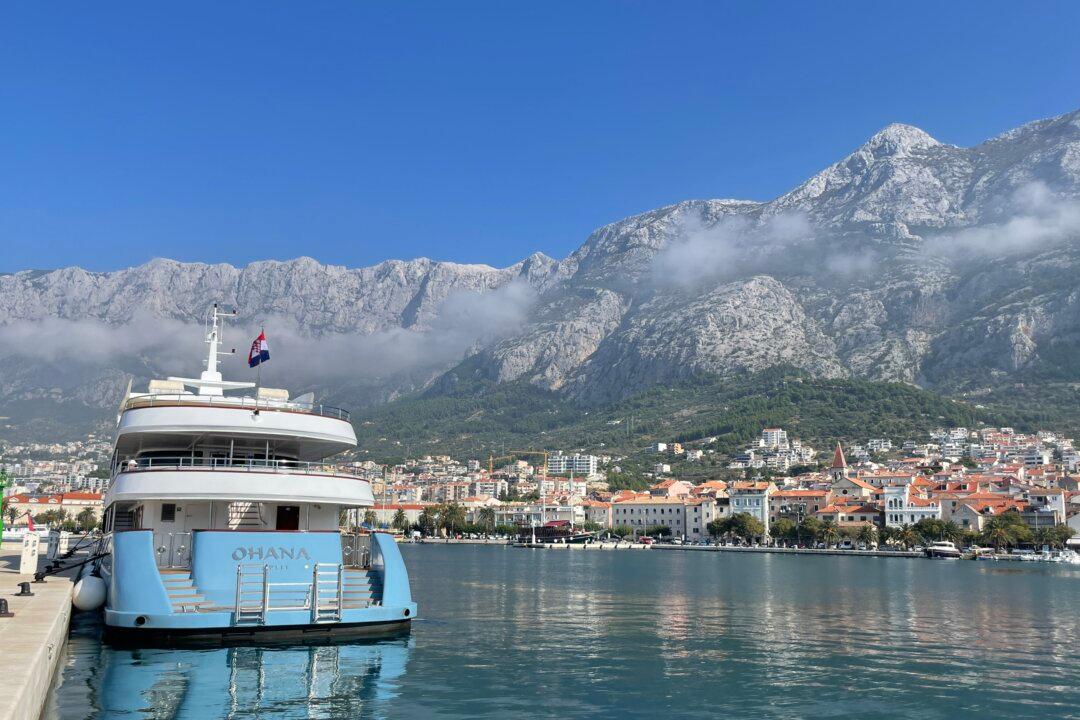It’s almost 2 p.m. and I’m on a mission. The afternoon sun is beginning to wane as I make my way down the cobblestone streets of Vienna’s 1st district, heading to one of my favorite coffeehouses.
The air is filled with the rich smells of dark coffee and sweet cakes that are being served up all over the city. While coffee is usually a morning drink, in Vienna, the afternoon is the perfect time to stop and have a coffee and a thick piece of torte. It’s a tradition that has survived since Vienna’s imperial days.





